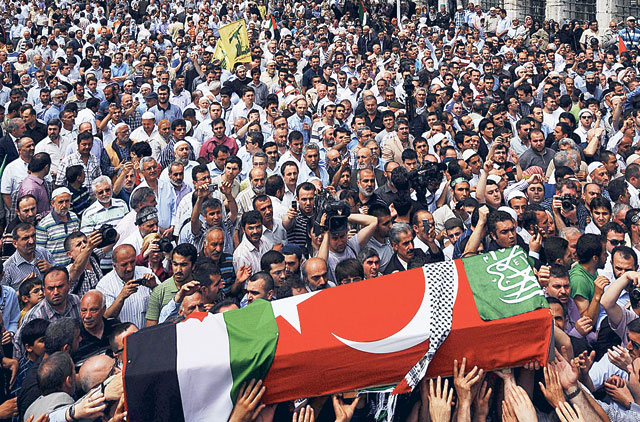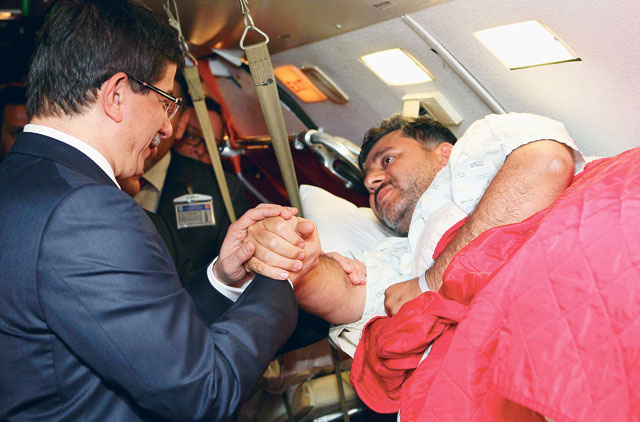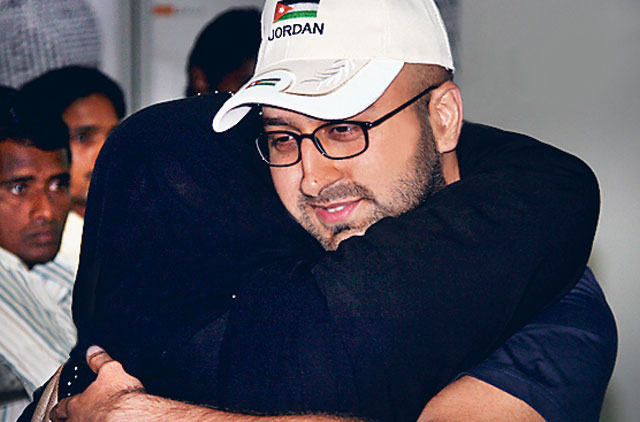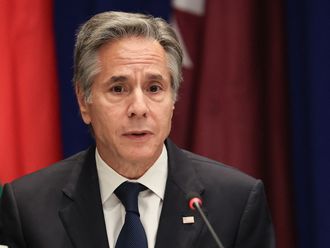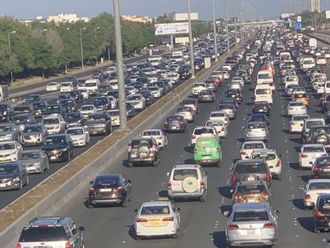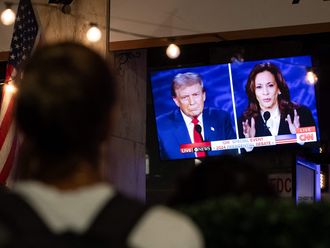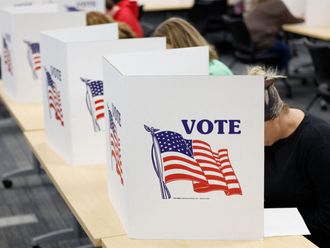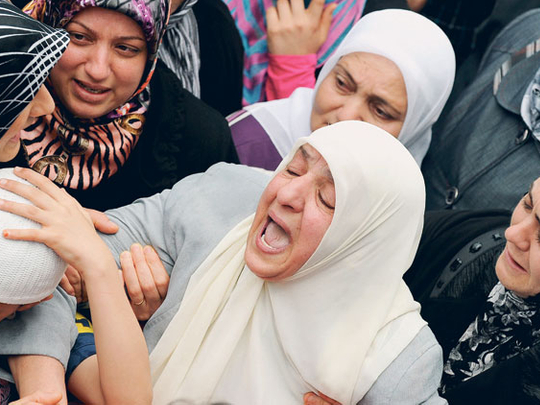
"Going to get some sleep. Action continues in a couple of hours. Hope we still have internet access."
That was one of my last few posts on Twitter before the partially successful Israeli media blackout on the Mavi Marmara, the biggest passenger ship on the Freedom Flotilla to Gaza which came under an Israeli attack that killed nine people.
The events since then have been a different experience for every person on the ship. As all reporters have been compiling their eyewitness accounts, here is my account of what happened.
After sending my last blog entry and Twitter post, I changed into jeans and decided to take about two hours of sleep before the action started. I woke up at around 4.30am with the simultaneous sounds of bangs and the call to prayers, the azzan.
Opening my eyes, I asked an Egyptian man beside me: "Are they attacking?" "Yes!" he said.
Read part 2 of the eyewitness account
Read part 3 of the eyewitness account
I rushed up to the press room, where everyone was crouching. I prepared my camera and went out to the deck, where I could hear louder bangs, see bright lights and hear helicopters.
Small Israeli speedboats were just meters away from me, flashing their lights at everyone in view. I kept trying to get out of the light, afraid of being exposed enough to be targeted. I lifted my camera as I filmed the boat so they would know that I was a journalist, but then decided that filming them was perhaps as likely to get me shot.
Struggling to keep my shirt from flying off because of the wind that was being whipped up by the helicopter propellers, I was reminded that I did not have my life jacket on, having taken it off to go to sleep.
When smoke started appearing, an activist handed me a handful of cut onions to smell, saying it would help in resisting the tear gas. I had no idea about the trick but continued sniffing on onion from one hand as I held my camera in the other.
I saw some impressively effective resistance. Men tasked with guarding the boat had resorted to using hosepipes to push trained Israeli commandos that were trying to climb the ship. Some were thrown into the sea by the pressure of the pipes. The pipes also briefly pushed away Israeli navy speedboats that had been firing tear gas canitsers and smoke bombs.
Other guards used any kind of makeshift weapon to defend themselves and their ship. Some used iron rods that once made the railing on the ships while others used sling shots and chairs.
Those activists who had gas masks on were tasked with picking up smoke bombs and tear gas canisters and throwing them off board or back at the Israeli speedboats. That method, too, prolonged the battle and led to the commandos' use of more serious weapons.
I then decided that I was standing too close to the speedboats for my own safety, and decided to assess the situation inside. That is where I learned that two Israeli soldiers had been disarmed and held captive.
I felt a sense of euphoria upon realising how big a news story this would be, but then had a sense of reality and realised that events on the boat had taken a horrible turn.
Angry activists
As I saw angry activists drag one of the Israeli soldiers down the stairs and punch him, I lost my journalistic objectivity and found myself urging the activist to stop hitting the soldier.
Seeing the anger in the activist's eyes, I thought that he would kill him. I had images of the wars that Israel has waged over its captive soldiers, and the number of people that have died as a result of them. My thought was that if an Israeli soldier was to die on that ship, the entire flotilla would be bombed until it sank.
That was, of course, before I saw the bloodshed. The activists' anger was suddenly put in context when I saw a number of people carrying a dying man down the stairs. His face was unrecognisable, covered in blood. He was apparently one of the first to go down, after an Israeli gun targeted the centre of his forehead from a helicopter, spilling his brains into the hands of another activist who was trying to look after him.
Upon seeing his body I felt nauseous and had to take a step back and walk into the press room nearby. The Palestinian member of Israel's Knesset, Haneen Zoubi, walked into the press room, where everyone was ducking to avoid the windows as Israeli guns kept firing. Haneen had been on the deck outside where the battles were ongoing.
"What's going on outside?" I asked?
"What's going on? War is going on," she said.
I took a few deep breaths and went back to get some footage on my tiny HD camera. Still indoors, I remained by the staircase where, by now, the organisers of the flotilla had pushed aside activists and forbade them to hurt the soldiers.
I took a few steps down to film the other captive soldier, struggling to keep my balance with so much blood under my feet. He stood in a corner being attended by two medics onboard, in shock, crying.
It was surreal. I knew that that soldier could destroy the entire flotilla, and thought I would get some close up footage of him. I took my camera as close as possible to his face and asked his name twice. He was too traumatised to answer. I could see fear of death in his eyes. He was petrified. Then I heard women screaming. "They are coming!"
The Israelis had taken control of the upper deck and were moving to the lower floors. Their target was the press room, where most of us had been causing the bad PR that Israel had been getting. I was right next to the press room and had to rush down to one floor below as the commanders started coming down.
I left my backpack in the press room with my passport, two of my three phones, my laptop, my still camera, watch, car and home keys, wallet, press accreditation, and a lot of cash. As the Israelis took over the press room, I had a feeling I was never going to get any of that back.


